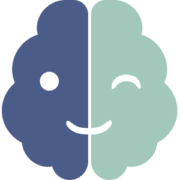I’ve submitted a proposal for SXSW 2014! Vote here.
User experience and storytelling go hand in hand. UX professionals consciously apply personas, use case scenarios, underlying narratives, content strategy, and visual elements to provide a stage on which users play. But there is a key element missing in this drama: taxonomy. Much more than mere collections of categories, hierarchies, facets, and navigation elements, taxonomies “narrate the natural relationships between concepts.”
That quote is from a 2011 article in the journal Data & Knowledge Engineering, in which three computer scientists explored narrative taxonomy from the perspective of data algorithms in effective, adaptive content retrieval. This session will discuss the implications of narrative taxonomy for user experience design; specific kinds of taxonomy stories; how to recognize, analyze, and apply narrative taxonomies; and the results of user testing against different narrative taxonomies in different contexts.
Questions answered
- How does a taxonomy tell a story, and what are the narrative elements of that story? How can a UX professional recognize and analyze them without the help of sophisticated database algorithms?
- Why and when is analyzing taxonomy from a narrative perspective helpful to UX design? How does it compare to more typical approaches?
- In UX, taxonomy is primarily addressed by information architects and content strategists, but not always by both at the same time. Can narrative taxonomy bridge gaps between these different specialties?
- What does narrative taxonomy mean from an interactive perspective? What are concrete examples of this? Can users tell their own stories?
- How can narrative taxonomies be tested, and what are the results of such tests?
